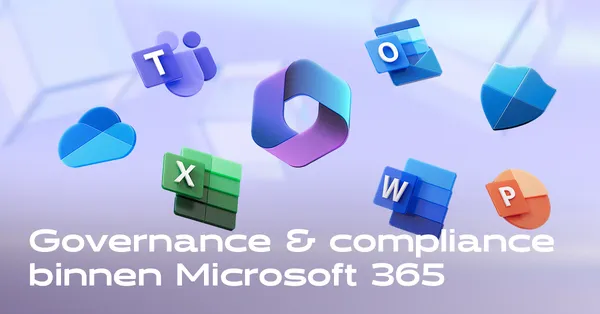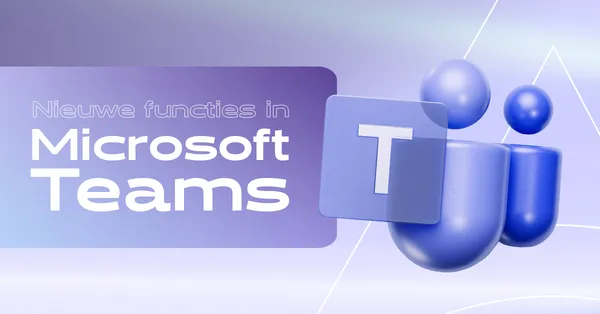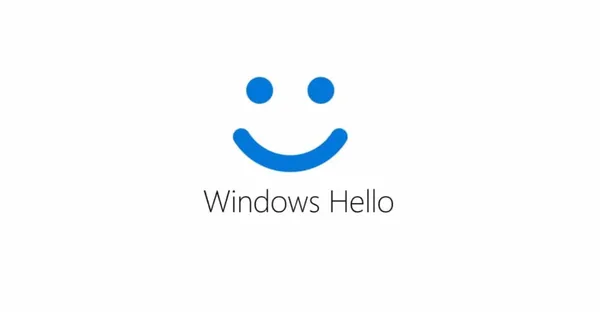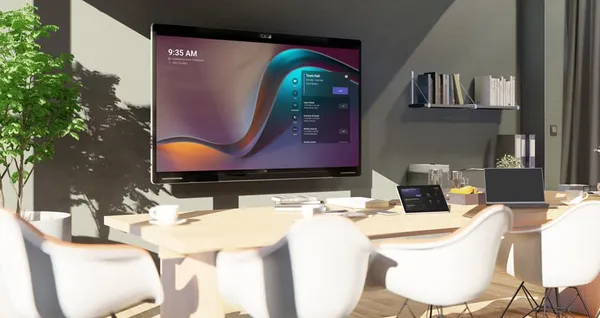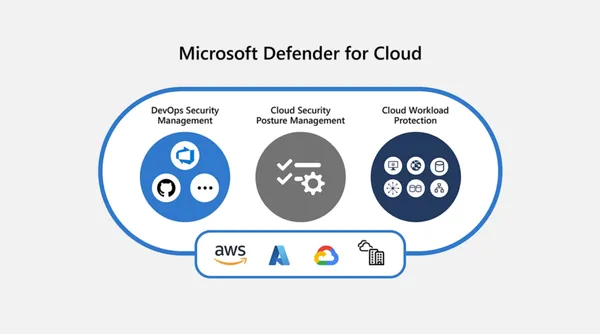
Knowledge base
July 20, 2023
Guide to Setting Up an Outstanding Microsoft Teams Rooms Environment
With the right Microsoft Teams Rooms setup, companies can regroup their employees, improve productivity and minimize gaps among the workforce
The work environment has changed dramatically in recent years. Hybrid and remote working are now standard with companies of all sizes, and flexibility, scalability and agility are crucial for any business. However, even in this changing landscape, effective meetings continue to play a vital role in business productivity and performance.
Today’s teams depend more than ever on effective meetings for sharing knowledge and insights between dispersed employees, and maintaining company culture. Innovative solutions such as Microsoft Teams have become an integral part of the modern work environment and provide comprehensive tools to unify the work force.
Teams not only provides a platform for employees to share ideas and information, but it also provides access to valuable meeting room ecosystems in the form of Microsoft Teams Rooms. With the right Microsoft Teams Rooms (MTR) setup, companies can regroup employees, improve productivity and minimize gaps between employees. The challenge lies in creating a Room experience that facilitates success for the modern work force.
Here are some steps business leaders will need to consider.
Step 1: Define the Meeting Room Requirements.
The first step in building an effective Microsoft Teams Rooms environment is to define the company’s meeting and collaboration needs. In the past, many meeting rooms were large spaces designed to accommodate groups of about 10-15 people. Now, however, companies can take advantage of a wide range of different meeting environments.
In the age of hybrid work, huddle rooms, designed for a smaller number of about six physical participants, are ideal for companies to create convenient and simple environments for ad hoc hybrid meetings and collaboration sessions. Medium-sized meeting rooms can accommodate more participants and provide an excellent landscape for brainstorming sessions and extended discussions.
Alternatively, large meeting rooms can be ideal for all-hands meetings where companies need to unite multiple members of in-house staff and outside participants at the same time. Defining the needs of the team will help companies decide how large their meeting rooms should be, and what tools to implement. It can also help brands decide whether to use integrations with other systems, such as the corporate PSTN environment, via direct routing.
Step 2: Create the Right Layout for Inclusiveness
Developing the ideal Microsoft Teams Room for the era of hybrid and remote working means rethinking how people will connect in a distributed landscape. Traditional meeting rooms, which placed participants around a shared table, may not be appropriate for this new world. Companies may need to rethink how they structure their space to promote inclusivity and participation.
For example, all participants within the meeting room should be able to clearly see the display for content sharing and video purposes. In addition, the space should be designed so that each staff member within the meeting feels included in the conversation, despite physical presence.
Carefully evaluating decisions such as where to place video cameras and speakers, where to position displays, and how to manage lighting and acoustics will improve meeting quality.
Step 3: Choose the Right Hardware
After assessing the meeting needs of the workforce, and how meeting environments will be structured within the office, the next step for companies is to select the right hardware. The exact tools needed for each meeting room will vary depending on size and purpose. However, some of the central solutions that most companies will need to invest in include:
Displays: High-quality displays are crucial for uniting dispersed workers, promoting inclusion, and sharing valuable content. In some cases, multiple screens may be needed to display video screens, presentations, and other assets simultaneously.
Audio Devices: Reliable audio devices such as microphones, speakers, soundbars, and even headphones will be needed for all meeting participants. In the conference room, audio equipment should provide clear sound quality while eliminating echo and noise. Acoustic echo cancellation and noise suppression features can be very useful.
Cameras: High-resolution cameras capable of capturing clear images can either be implemented as individual solutions in a modern conference room, or as part of a complete “video bar” kit.
These tools should come with automated pan tilt and zoom solutions, as well as state-of-the-art software to improve streaming quality. Companies will also need to consider how team members will operate and manage the meeting room environment, with user-friendly control panels that integrate seamlessly with Microsoft Teams. These tools allow participants to control the meeting environment, adjust video and audio settings, and even attend meetings with a single touch.
Step 4: Implement Tools to Manage Meeting Rooms.
In-room control panels are just one of the meeting room management systems that companies will need to consider when setting up an effective Microsoft Teams Rooms solution. To ensure that tools are properly configured and implemented, checked for problems, and upgraded as needed, business leaders will also need access to an operations center or control software.
The right solution should enable administrators to manage and monitor Microsoft Meeting Room environments, IP phones, and other devices, for a holistic approach to meeting experience monitoring. With these tools, companies can streamline meeting room toolkit lifecycle management, and even simplify routine tasks such as firmware updates.
An effective management solution can also help reduce problems in the conference room, with remote troubleshooting and problem detection tools. In addition, it allows system administrators to control network elements and Teams devices from anywhere.
Step 5: Increase Meeting Productivity with Insights
Finally, after building a powerful Microsoft Teams Room, companies need to make sure they get the most out of their investment. Comprehensive analytics tools can improve the ROI of a meeting solution, with AI-driven insights and guidance.
A comprehensive Meeting Insights platform can capture and organize all meeting-generated content in one place. This allows companies to easily save, share and store meeting content and track valuable metrics. Some tools even come with in-meeting voice assistants, which can log real-time action items, notes and meeting summaries. These AI tools can also help identify speakers in a meeting, and track keywords uttered in a conversation.
With the right toolkit, companies can even mark crucial moments in conversations, and share content directly with meeting participants after the discussion ends.
Building a Great Microsoft Teams Room
Microsoft Teams Rooms has the power to significantly improve the value of any corporate investment in Teams. However, like any collaboration and communication solution, technology must be implemented with care and careful planning.
Defining meeting room layouts, choosing the right technology to empower teams, and implementing tools to monitor, track, and improve user experiences will help companies support their workforce, and create a more inclusive work environment.
Want to know more?
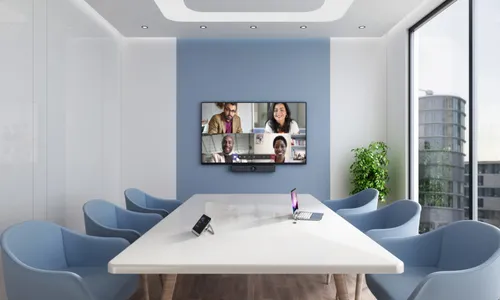
Related
blogs
Tech Updates: Microsoft 365, Azure, Cybersecurity & AI – Weekly in Your Mailbox.


